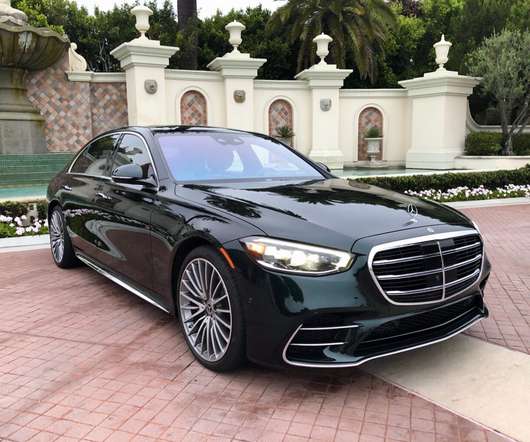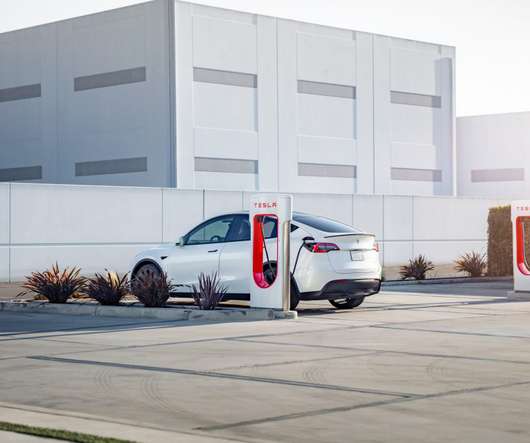Japan Automakers Support B5, E10 as Baseline Biofuel Blends, Recommend Specifications to ASEAN Countries
Green Car Congress
FEBRUARY 28, 2010
In the event where diesel fuel with a high FAME content is to be introduced widely, JAMA strongly recommends the use of HVO (hydrotreated vegetable oil) or BTL (biomass to liquid) as blendstocks. The Worldwide Fuel Charter (WWFC), originally drafted in 1998, details quality specifications for fuels recommended by the world auto industry.

















Let's personalize your content